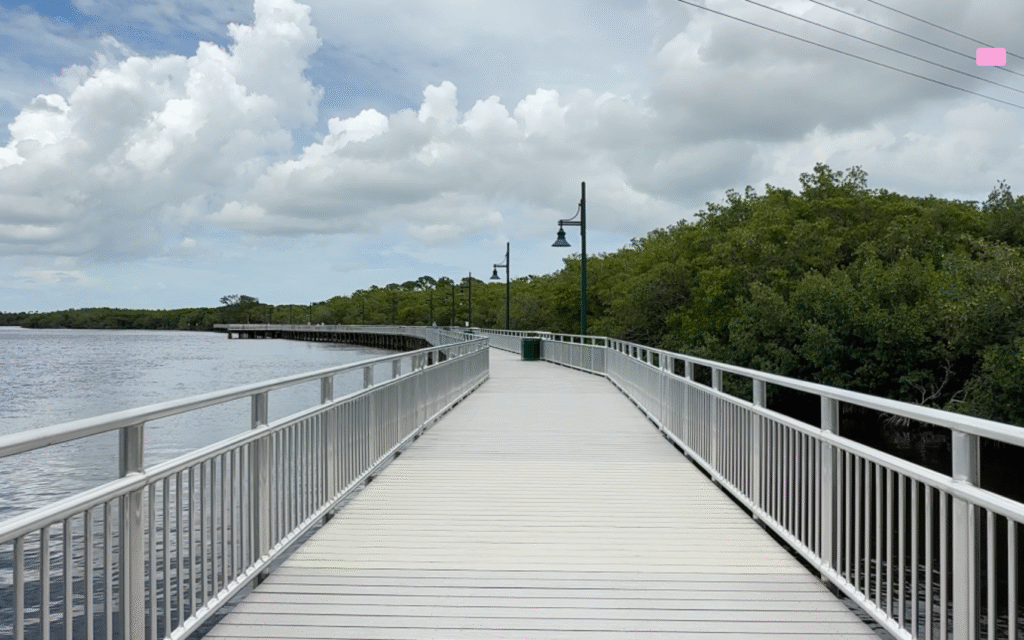The SpaceX Falcon 9 launch for the Nusantara Lima mission marked a significant milestone in global satellite communications, with the main keyword SpaceX Falcon 9 launch featured prominently in the event. The launch, which experienced several weather-related delays at Cape Canaveral, ultimately succeeded on September 11, 2025, at 9:56 p.m. EDT, according to SpaceX and official mission updates.
SpaceX Falcon 9 Launch Details and Mission Overview
The SpaceX Falcon 9 launch for the Nusantara Lima mission was rescheduled multiple times due to unfavorable weather conditions at Cape Canaveral, Florida. According to SpaceX, the launch finally proceeded under improved conditions, sending the Nusantara Lima satellite into geosynchronous transfer orbit.
Nusantara Lima, a high-throughput telecommunications satellite, was built by Boeing for Pasifik Satelit Nusantara (PSN), an Indonesian satellite operator. The satellite is designed to enhance broadband and communications services across Indonesia and neighboring Southeast Asian countries.
Nusantara Lima Satellite Specifications
According to Boeing, Nusantara Lima is based on the 702MP platform and weighs just under 8 metric tons, making it the heaviest geostationary satellite ever launched by a Falcon 9 rocket. The satellite will operate in geostationary orbit at approximately 35,785 kilometers (22,236 miles) above Earth, maintaining a fixed position relative to the surface.
- Weight: About 7,800 kilograms
- Orbit: Geostationary, 35,785 km above Earth
- Platform: Boeing 702MP
- Total Capacity: Over 160 Gbps
- Indonesia Allocation: Around 80 Gbps
- Additional Coverage: Malaysia, the Philippines, and nearby regions
The mission aims to bridge the digital divide by delivering reliable internet access to remote and underserved areas, including rural hospitals, schools, and communities where terrestrial infrastructure is limited or unavailable.
Mission Objectives and Regional Impact
The Nusantara Lima satellite is expected to significantly improve digital infrastructure across Indonesia’s more than 17,000 islands. According to PSN, the satellite will augment the capacity of Indonesia’s existing SATRIA-1 satellite and replace Nusantara-2, which failed to reach orbit in 2020.
The advanced payload processing on Nusantara Lima allows dynamic allocation of bandwidth, supporting both high-demand urban areas and rapid response for disaster-affected regions. This flexibility is intended to support economic growth, education, healthcare, and disaster response through improved connectivity.
Launch Vehicle and Reusability Achievements
The launch used a veteran Falcon 9 first stage booster, which completed its 23rd flight and landed successfully on the drone ship A Shortfall of Gravitas in the Atlantic Ocean. According to SpaceX, this mission marked the company’s 114th launch of 2025 and contributed to their record of over 500 booster landings.
- Booster Flights: 23rd mission for this first stage
- Landing: Successful on drone ship in the Atlantic Ocean
- SpaceX Missions in 2025: 114th launch
- Total SpaceX Booster Landings: Over 500
The Falcon 9 Block 5 rocket, used for this launch, is capable of delivering up to 8,300 kilograms to geostationary transfer orbit, according to SpaceX technical specifications.
Cost and International Collaboration
The estimated cost of the Nusantara Lima mission ranges from $52 million to $69.75 million. The collaboration between Boeing, PSN, and SpaceX highlights the growing role of commercial launch providers and international partnerships in expanding global communications networks, especially in regions with challenging geography.
Officials report that the satellite’s advanced technology and high capacity are expected to support Indonesia’s efforts to connect rural and remote communities, reduce the digital divide, and provide essential services during emergencies.
Significance for Southeast Asia and Global Communications
The deployment of Nusantara Lima demonstrates the increasing importance of satellite-based solutions for countries with widespread archipelagos and limited terrestrial infrastructure. The satellite’s coverage extends beyond Indonesia to include Malaysia, the Philippines, and other neighboring regions, supporting regional connectivity and economic development.
According to industry experts, the mission underscores the value of reliable, high-throughput satellites in supporting education, healthcare, and disaster response throughout Southeast Asia.
Frequently Asked Questions About SpaceX Falcon 9 Launch
What was the main purpose of the SpaceX Falcon 9 launch for Nusantara Lima?
The main purpose was to deploy the Nusantara Lima satellite, which will provide enhanced broadband and communications services across Indonesia and neighboring countries. The mission aims to improve internet access in remote and underserved areas.
How much does a SpaceX Falcon 9 launch cost for a satellite like Nusantara Lima?
The estimated cost for the Nusantara Lima mission is between $52 million and $69.75 million. This range covers launch services and related mission expenses, according to official sources.
Are there other satellites supporting internet in Indonesia besides Nusantara Lima?
Yes, Indonesia also uses the SATRIA-1 satellite for broadband services. Nusantara Lima will augment existing capacity and replace the failed Nusantara-2 mission.
Can you explain how Nusantara Lima helps rural communities?
Nusantara Lima provides reliable internet access to rural hospitals, schools, and communities where ground-based infrastructure is limited or unavailable. This supports education, healthcare, and emergency response in remote areas.
Where are SpaceX Falcon 9 launches typically conducted?
Most SpaceX Falcon 9 launches, including the Nusantara Lima mission, are conducted from Cape Canaveral, Florida. The site is a major launch location for commercial and government space missions.
































